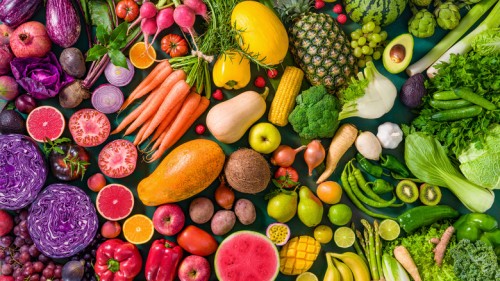Best Source for B2B Industry Trends, News and Updates

According to the Bureau of Labor Statistics, the Producer Price Index (PPI) for fresh and dry vegetables surged 38.9% in July 2025 compared with June. Axios noted this was the steepest one-month increase since the government began keeping records in 1947. Analysts said the spike coincides with new import duties imposed on Mexican produce, especially tomatoes, which play a central role in American diets.
The tariffs, enacted in mid-July, added 17% to the cost of Mexican tomatoes, one of the largest categories of imported vegetables. Industry experts estimate this could lift retail tomato prices between 7% and 11%, though some warn of increases as high as 40% for common varieties like round tomatoes. Other reports cited slightly higher duties; 20.9% on certain imports, with projections of a 10% price increase and a decline in consumer demand. Tomatoes are particularly vulnerable because they cannot be stockpiled or easily substituted, meaning price shifts tend to appear quickly at grocery stores.
Economists warn the impact will not be limited to tomatoes. Fruits and vegetables are heavily reliant on imports, particularly in off-season months. The U.S. imports roughly 60% of its fresh fruit, according to Northeastern University researchers, and the total value of fruit and vegetable imports exceeded $54 billion in 2024. New reciprocal tariffs targeting agricultural goods from countries such as Brazil, Vietnam, and Côte d’Ivoire could soon drive up the cost of bananas, pineapples, berries, and even nuts and coffee.
The broader effect of tariffs is already being felt in household budgets. A report from Yale’s Budget Lab estimates the trade measures enacted this year could raise grocery prices by 4% to 5% overall. For a typical household, that translates into nearly $4,900 in extra annual food costs, though families who adapt by buying cheaper alternatives may limit the increase to around $2,600. Lower-income households, which spend a larger portion of their income on food, are expected to be hit hardest.
Retailers face a difficult balancing act. Some large grocery chains may temporarily absorb higher import costs to avoid alienating customers. However, experts interviewed by ABC News and MarketWatch stressed that perishables like vegetables and fruit move quickly through supply chains, leaving little time for cost absorption. As a result, shoppers are likely to see price hikes within weeks, not months.
The political backdrop is also fueling uncertainty. The tariffs were introduced as part of a broader strategy to pressure trading partners and protect U.S. farmers. Yet some domestic producers argue they too could face higher expenses, since tariffs also affect imported inputs such as fertilizers, packaging materials, and machinery. This may limit the expected benefit for U.S. growers while adding to inflationary pressure on consumers.
For households, the choices are stark. Food economists recommend buying local and seasonal produce, seeking out farmers’ markets, and exploring preservation techniques such as canning to offset costs. But even with smart shopping, the reality is that tariffs are reshaping America’s food economy, making fresh produce an essential part of healthy diets, more expensive for millions.
